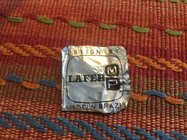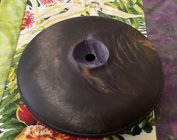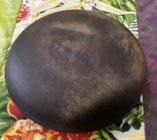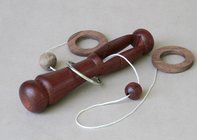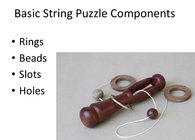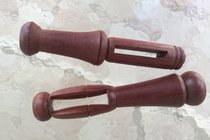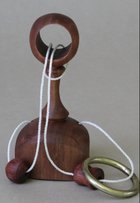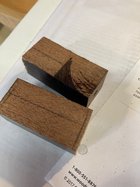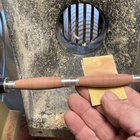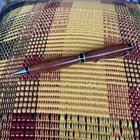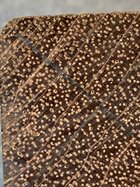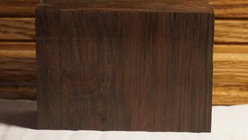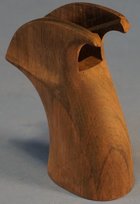I just received my response from the US Forest Service Wood Products Lab. They report that the specimen I sent is Anadenanthera sp.
Here’s the wood database write up of it:
https://www.wood-database.com/curupay/
Apparently one of the common names of this is curupay, also known as Patagonian rosewood. Too bad I didn’t get any of the foliage or bark with it, as it is an hallucinogenic, used by shamans! So, yes, a rosewood, but only by common name - not Brazilian rosewood. In any case, it is attractive and very heavy. I’m looking forward to finding uses for it.
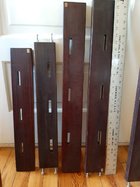
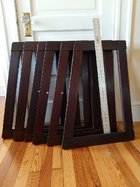 I’ve just been given a load of furniture parts of rosewood. Beautiful, heavy straight grained lumber, 1” thick. I see lots (and lots!) of pen blanks, finials and small spindle turnings. I also wonder about the potential to mill it into strips for segmented turnings. I know some of the oily tropical woods are difficult to glue. I wonder what folks experiences are with rosewood? Decades ago I made an end table with cocobolo and most (!) of the joints have remained tight. Any other thoughts about uses for this precious stock? Thanks!
I’ve just been given a load of furniture parts of rosewood. Beautiful, heavy straight grained lumber, 1” thick. I see lots (and lots!) of pen blanks, finials and small spindle turnings. I also wonder about the potential to mill it into strips for segmented turnings. I know some of the oily tropical woods are difficult to glue. I wonder what folks experiences are with rosewood? Decades ago I made an end table with cocobolo and most (!) of the joints have remained tight. Any other thoughts about uses for this precious stock? Thanks!
